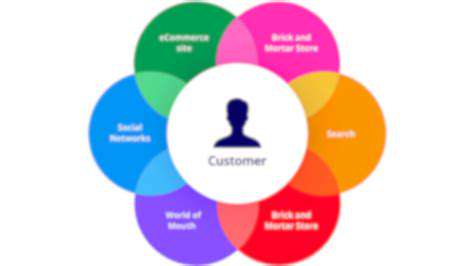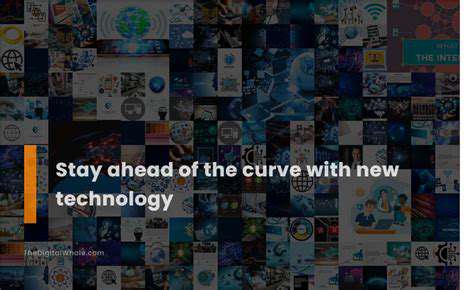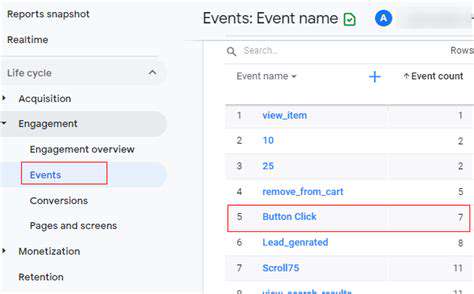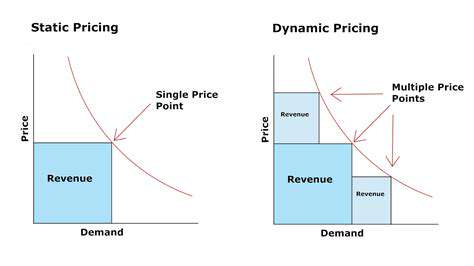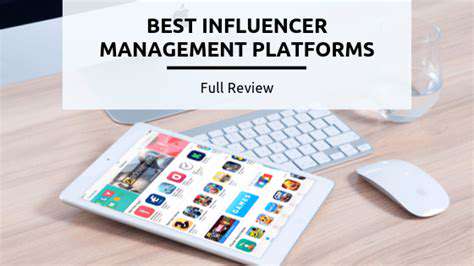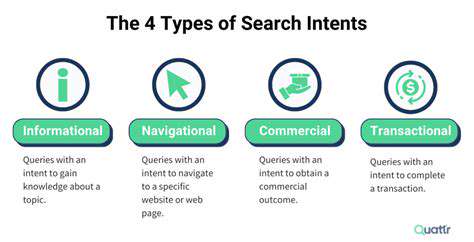The Psychology of Conversion Rate Optimization (CRO)
Loss Aversion and Incentives
Human psychology reveals an intriguing asymmetry - the pain of losing something feels about twice as powerful as the pleasure of gaining something of equal value. This principle, called loss aversion, explains why limited-time offers often outperform standard promotions.
The magic happens when you frame your offer not as what customers will gain, but what they stand to lose by not acting. Phrases like Only 3 left at this price or Offer expires in 2 hours tap into our deep-seated fear of missing out. When crafting your messaging, consider how to highlight the potential loss rather than just the potential gain.
Availability Heuristic and Social Proof
In our information-saturated world, people rely heavily on mental shortcuts to make decisions. The availability heuristic leads us to judge the importance or likelihood of something based on how easily examples come to mind. This explains the powerful impact of customer reviews and testimonials.
Displaying authentic user experiences creates a ripple effect - when potential customers see others having positive interactions with your product, they instinctively assume their experience will be similar. Strategic placement of social proof elements can significantly lower the psychological barriers to conversion. The more visible and credible these endorsements appear, the stronger their influence on decision-making.
The Power of Persuasion and Storytelling
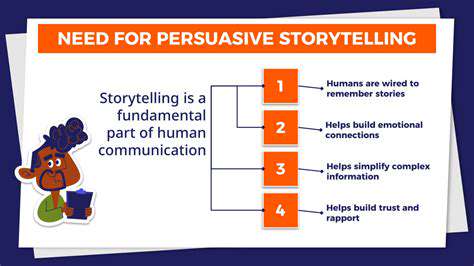
Crafting Compelling Narratives
Throughout human history, stories have been our most powerful communication tool. Effective brand storytelling today follows the same principles that captivated audiences around ancient campfires. A well-told story engages multiple areas of the brain, creating connections that pure data simply can't match.
The most memorable brand narratives share three key elements: relatable characters, meaningful conflict, and satisfying resolution. Think about how your product or service helps customers overcome challenges - that's the foundation of your story. When users see themselves in your narrative, persuasion happens naturally.
Understanding Your Audience
Persuasion begins with empathy. Before crafting any message, successful marketers invest significant time in understanding their audience's worldview. What keeps them up at night? What aspirations drive their decisions? This insight forms the foundation of all effective communication.
The most persuasive messages feel less like marketing and more like a conversation with someone who truly understands. This requires moving beyond surface-level demographics to grasp the emotional undercurrents that influence decisions. When your messaging reflects this deep understanding, resistance naturally decreases.
Using Logic and Reason
While emotions drive decisions, people still need logical justification for their choices. The most effective persuasion combines emotional appeal with solid evidence. This dual approach satisfies both our intuitive and analytical thinking systems.
Consider this: data presented in story form is up to 22 times more memorable than facts alone. The key is to weave statistics and evidence into your narrative framework, creating what psychologists call evidence-based storytelling. This approach builds credibility while maintaining emotional engagement.
Building Credibility and Trust
In an age of skepticism, credibility is currency. People don't just buy products - they buy into relationships with brands they trust. Establishing this trust requires consistency between your words and actions over time.
Credibility compounds when customers see others like them validating your claims. That's why case studies featuring real customers often outperform generic testimonials. The more specific and verifiable your social proof, the stronger its persuasive power.
Addressing Counterarguments
Sophisticated audiences appreciate nuance. Rather than avoiding potential objections, the most persuasive communicators anticipate and address them proactively. This approach demonstrates confidence in your position while respecting the intelligence of your audience.
A well-handled objection can actually strengthen your case. When you acknowledge alternative viewpoints fairly before presenting your perspective, you create what psychologists call the illusion of objectivity. This makes your ultimate conclusion feel more convincing.
The Role of Emotion in Persuasion
Neuroscience confirms that emotions, not logic, drive our most important decisions. Effective persuasion taps into core human emotions - desire for belonging, fear of loss, hope for improvement. The challenge lies in doing this authentically.
The most powerful emotional triggers are often subtle - a shared value expressed, a common frustration acknowledged. When your messaging resonates emotionally while maintaining integrity, it creates the perfect conditions for persuasion. The key is aligning your message with emotions your audience already feels about the topic.

The Importance of Data Analysis and Iteration
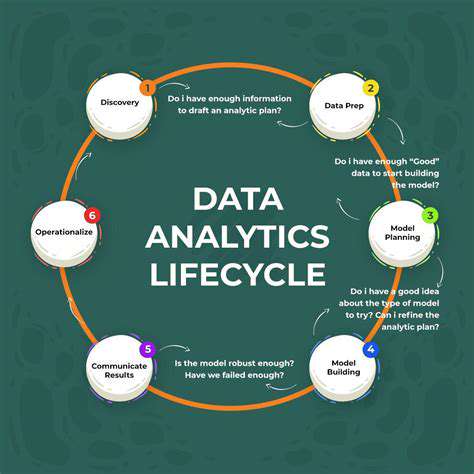
Data Analysis: Unveiling Hidden Insights
In today's digital landscape, data analysis separates guessing from informed strategy. The real power lies not in the numbers themselves, but in the stories they reveal about customer behavior. These insights allow businesses to move beyond assumptions and base decisions on actual user patterns.
The most valuable insights often come from asking the right questions of your data, not just collecting more numbers. Looking for unexpected patterns and anomalies can reveal opportunities that conventional analysis might miss. This deeper examination transforms raw data into actionable intelligence.
Types of Data Analysis Techniques
Different analytical approaches serve different purposes. Descriptive analysis helps understand what happened, while diagnostic analysis explores why it happened. The real game-changers are predictive and prescriptive analyses, which help anticipate future trends and determine optimal actions.
An emerging best practice involves combining these approaches. For instance, predictive models can inform A/B testing strategies, creating a virtuous cycle of insight and improvement. The most sophisticated teams use all four types in concert to drive continuous optimization.
Data Analysis in Business Decision Making
Forward-thinking companies treat data as a strategic asset. When analyzing customer journeys, for example, the most revealing insights often come from the gaps - where users drop off or deviate from expected paths. These moments of friction represent golden opportunities for improvement.
Data-driven decision making requires both analytical rigor and creative interpretation. The numbers point to what's happening, but human insight determines why it's happening and how to respond. This balance of art and science drives the most impactful business decisions.
The Role of Data Visualization in Analysis
Complex data becomes meaningful when translated visually. Well-designed charts and graphs do more than present information - they reveal relationships and patterns that might otherwise remain hidden. The most effective visualizations tell a clear story at a glance.
Interactive visualizations take this a step further, allowing users to explore data according to their specific interests. This engagement leads to deeper understanding and more personalized insights. When data feels accessible and relevant, decision-making improves across the organization.
Challenges and Considerations in Data Analysis
While powerful, data analysis comes with pitfalls. Confirmation bias can creep into interpretation, leading analysts to favor data that supports existing beliefs. Data quality issues can skew results, and privacy concerns require careful navigation.
The most successful teams implement rigorous validation processes and maintain healthy skepticism about initial findings. Regular audits of data collection methods and analysis techniques help maintain accuracy and objectivity. This disciplined approach ensures reliable insights.
Tools and Technologies for Data Analysis
The modern analyst's toolkit ranges from familiar spreadsheets to sophisticated machine learning platforms. What matters most isn't the specific tools, but how they're used to extract meaningful insights efficiently.
The most effective teams match tools to specific needs rather than chasing the latest technology. Sometimes simple pivot tables reveal more than complex algorithms. As needs evolve, so should the toolkit - with a constant focus on practical problem-solving rather than technical complexity.

